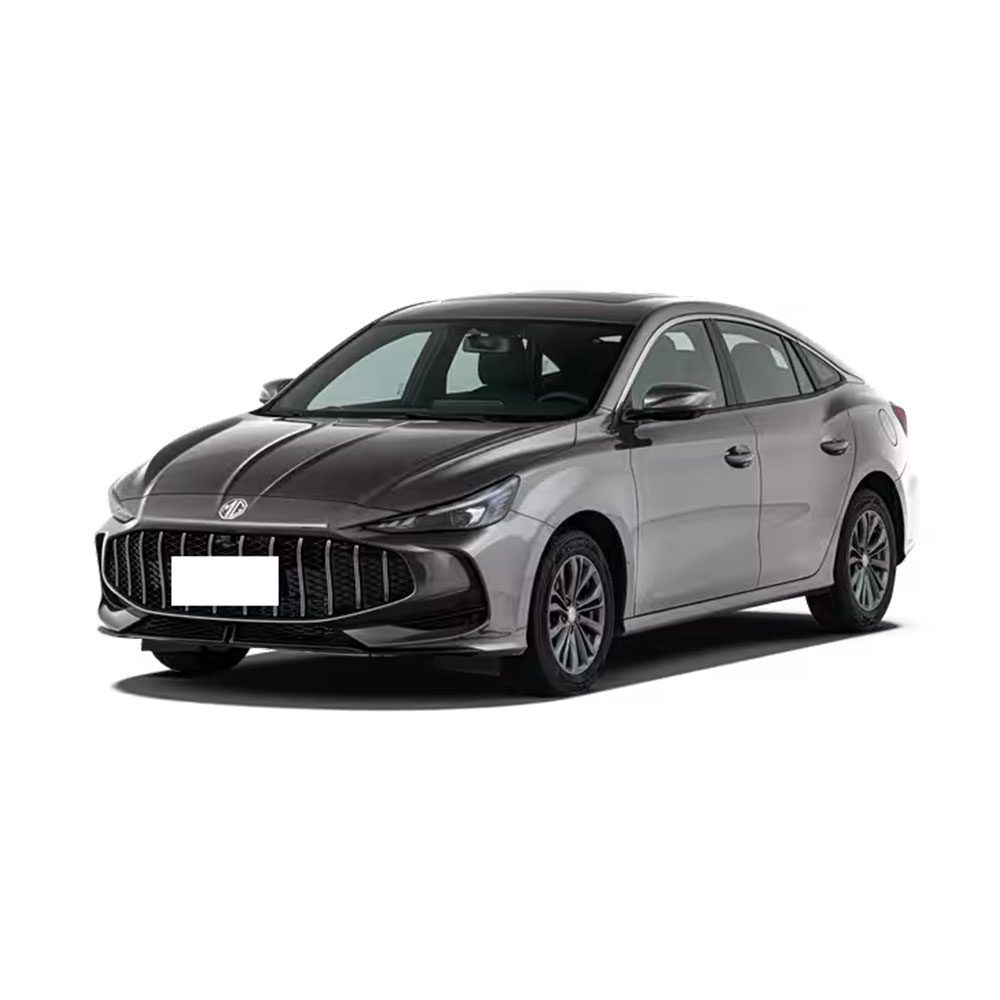How to Choose the Right Car Import Platform for MG and Skoda Cars?
- I. Official Authorized Dealer Channel: The Stable and Compliant First Choice
- II. Parallel Import Trade Channel: Flexible Access to Niche Models
- III. Regional Supply Chain Optimization Channel: Cost-Saving Tool for Bulk Purchases
- IV. Key Comparison of Three Channels
- V. Trend Recommendations: Focus on Electrification & Policy Incentives
- Conclusion
- Feel Free To Contact Us Anytime
How to Choose the Right Car Import Platform for MG and Skoda Cars?There are three common channels: official authorized dealerships, parallel import trade, and regional supply chain optimization. The choice depends on whether you are an individual or a company importing, and your specific needs. Below we provide a detailed introduction.
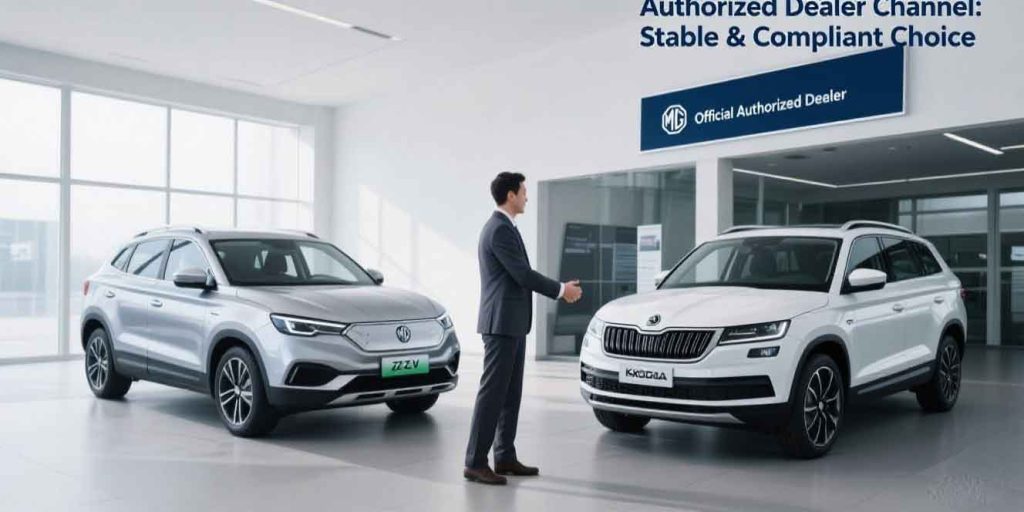
I. Official Authorized Dealer Channel: The Stable and Compliant First Choice
This is the most mainstream and lowest-risk method of importing MG and Skoda cars, especially suitable for general consumers or SMEs prioritizing after-sales security and compliance.
Core Advantages
- End-to-End Guarantee: Vehicles are supplied directly by the brand or regional agents, offering comprehensive services including customs clearance, 3C certification, localization adaptation (e.g., right-hand drive vehicles), and after-sales networks. For example:
- MG in Malaysia: Operated directly by SAIC Motor Malaysia, planning to expand to 35 dealer outlets by end-2025. Offers full product lines like the MG4 EV and MG HS SUV, supported by 14 showrooms + 8 service centers.
- Skoda in Vietnam: Represented by local partner TC Motor. Imports Karoq and Kodiaq from Europe, with Enyaq EV to follow. Plans to build a 30-dealer network by 2028.
- Strong Policy Adaptability: Brands proactively adapt to import country policies. For instance, Vietnam’s CKD (Complete Knock-Down) requirement prompted Skoda to launch an India-Vietnam supply chain in 2024, locally assembling Kushaq models to reduce costs.
- Financial and Insurance Support: Large dealers often offer installment payments and branded insurance to ease financial pressure.
Target Users: End consumers, risk-averse SMEs.
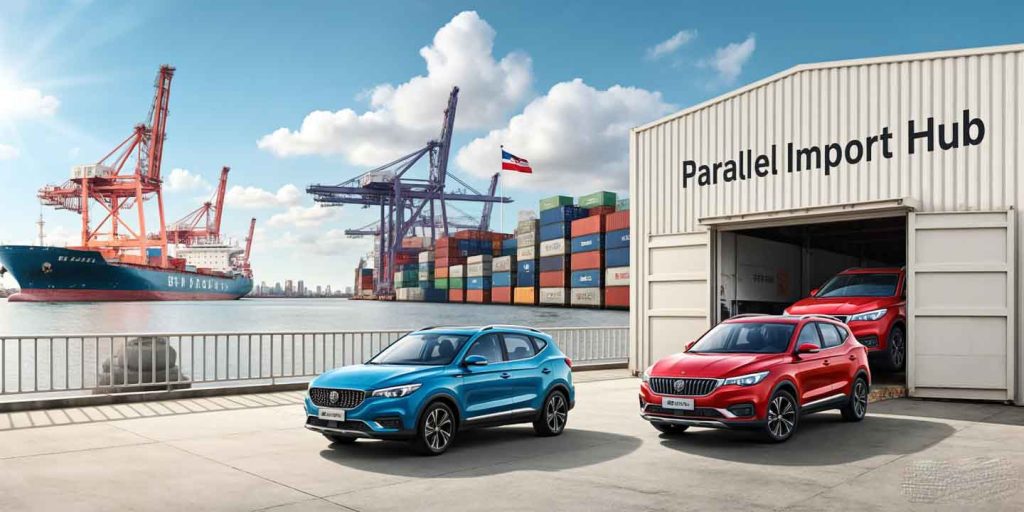
II. Parallel Import Trade Channel: Flexible Access to Niche Models
Individuals or trading companies directly from MG and Skoda cars origin(e.g., Skoda in Europe, MG factories in China) and handle customs clearance independently. Ideal for buyers seeking specific configurations or price advantages.
Core Advantages
- Greater Model Freedom:
- Access non-local official versions (e.g., European Skoda Octavia RS) or unreleased models (e.g., China-made MG EVs).
- Example: Singapore buyers secured Skoda Octavia RS via parallel imports ahead of official launches.
- Potentially Competitive Pricing: Bypass brand premiums by sourcing directly from low-cost regions (e.g., China, Eastern Europe). Bulk imports may reduce per-unit costs by 10%–15%.
Key Challenges & Solutions
- Complex Customs Clearance: Self-handle documentation (certificate of origin, 3C certification, vehicle conformity) and taxes (tariffs + VAT + consumption tax).
- After-Sales Limitations: Requires third-party workshops or local service partnerships.
- Policy Risks: E.g., China’s “Two-Certificate Integration” reform (piloted June 2025 at Huangpu Customs) merges the Goods Import Certificate and Vehicle Inspection Report, shortening clearance by 1–2 days. However, details like declaring “original sales destination” for non-China-spec vehicles remain critical.
Target Users: Importers familiar with trade procedures; individuals seeking specific models.
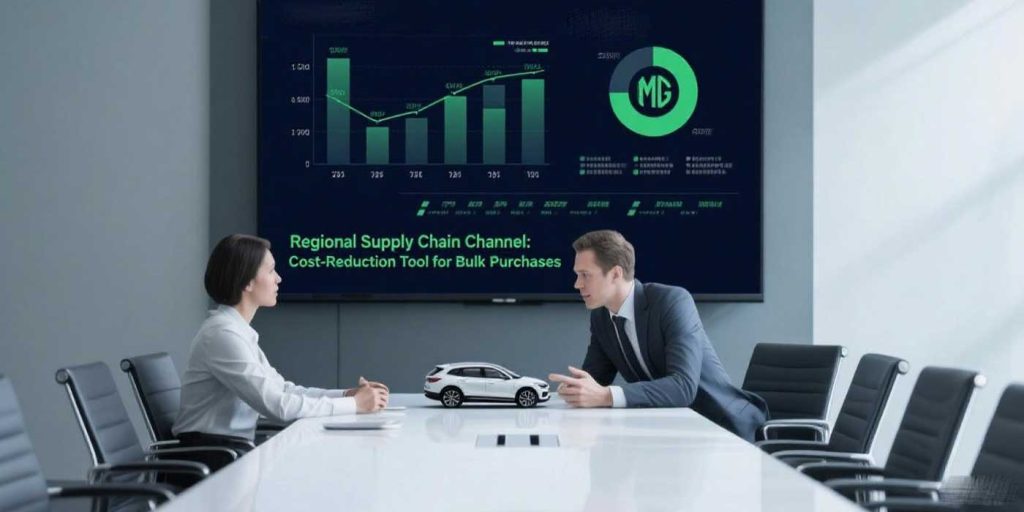
III. Regional Supply Chain Optimization Channel: Cost-Saving Tool for Bulk Purchases
Utilizing MG and Skoda cars brade regional production network to source complete vehicles or CKD kits from the lowest-cost bases. Best for large dealers or multinational corporations.
Core Models & Advantages
- CKD Assembly Model:
- Case: Skoda ships India-made Kushaq kits to Vietnam for assembly, using Vietnam-India tariff agreements to cut parts taxes and avoid high tariffs on complete vehicles.
- Advantage: Reduces costs by ~20% and accelerates local market response.
- Regional Synergy:
- MG utilizes SAIC’s global factories (China, Thailand, Indonesia). Clients pick up at nearest ports (e.g., China-made right-hand drive vehicles for Southeast Asia/UK markets).
- Skoda’s European plants (Czech Republic) supply premium models; Indian factories focus on economy models. Clients source as needed.
Required Capabilities
- Own assembly plants or partners (e.g., Vietnam’s TC Motor).
- Expertise in regional FTAs (e.g., RCEP tariff reductions).
Target Users: Large dealers with assembly capabilities; multinational procurement firms.
IV. Key Comparison of Three Channels
The table below summarizes core differences to match your needs:
| Channel Type | Target Users | Vehicle Source | Core Advantages | Major Challenges | Case Examples |
| Official Authorized | End consumers, SMEs | Brand regional agents | End-to-end security, full after-sales, policy adaptation | Limited model choice, higher prices | MG Malaysia Skoda Vietnam |
| Parallel Import | Traders, niche-model seekers | Origin direct (EU/China-spec) | Model freedom, potentially lower prices | Complex clearance, no after-sales, policy risks | Skoda RS in Singapore |
| Regional Optimization | Large dealers, multinationals | Brand global production bases | Significant cost cuts, rapid market response | Assembly capability, supply chain complexity | Skoda India-Vietnam CKD |
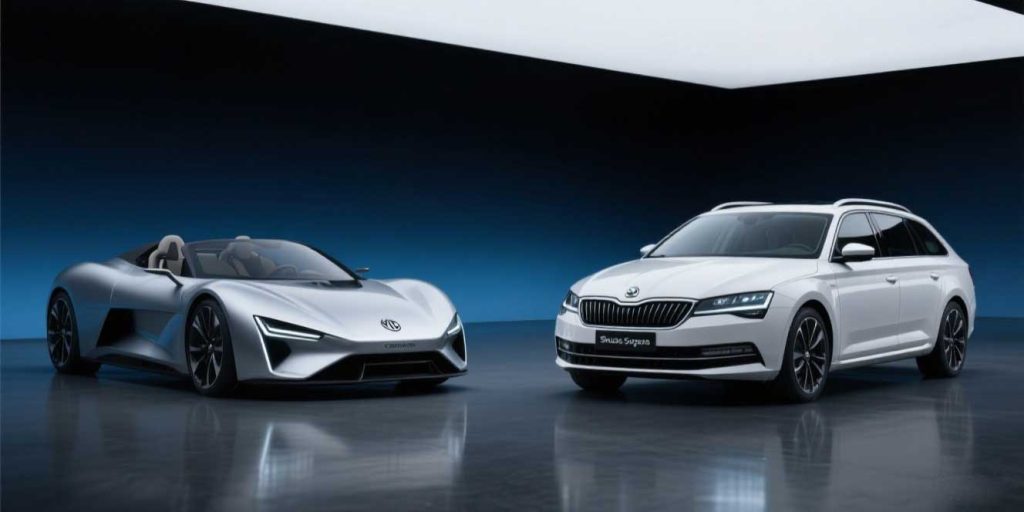
V. Trend Recommendations: Focus on Electrification & Policy Incentives
Prioritize EV Models:
MG’s MG4/Enyaq EV and Skoda’s Enyaq series see rising demand in Southeast Asia, with import tax benefits in some countries (e.g., 0% EV tariffs in Thailand).
Leverage FTAs & Customs Reforms:
- RCEP reduces intra-Asian tariffs.
- China’s “Two-Certificate Integration” streamlines clearance.
Conclusion
Successfully importing MG and Skoda hinges on aligning resources with goals:
- General users → Opt for official channels for worry-free after-sales.
- Niche-model seekers → Explore parallel imports while managing clearance risks.
- Large enterprises → Deploy regional supply chains to cut costs via CKD and FTAs.
As brands deepen regional production (e.g., MG via SAIC’s global bases; Skoda’s India-Southeast Asia links) and policies facilitate trade, overseas import efficiency and cost advantages will keep rising.


